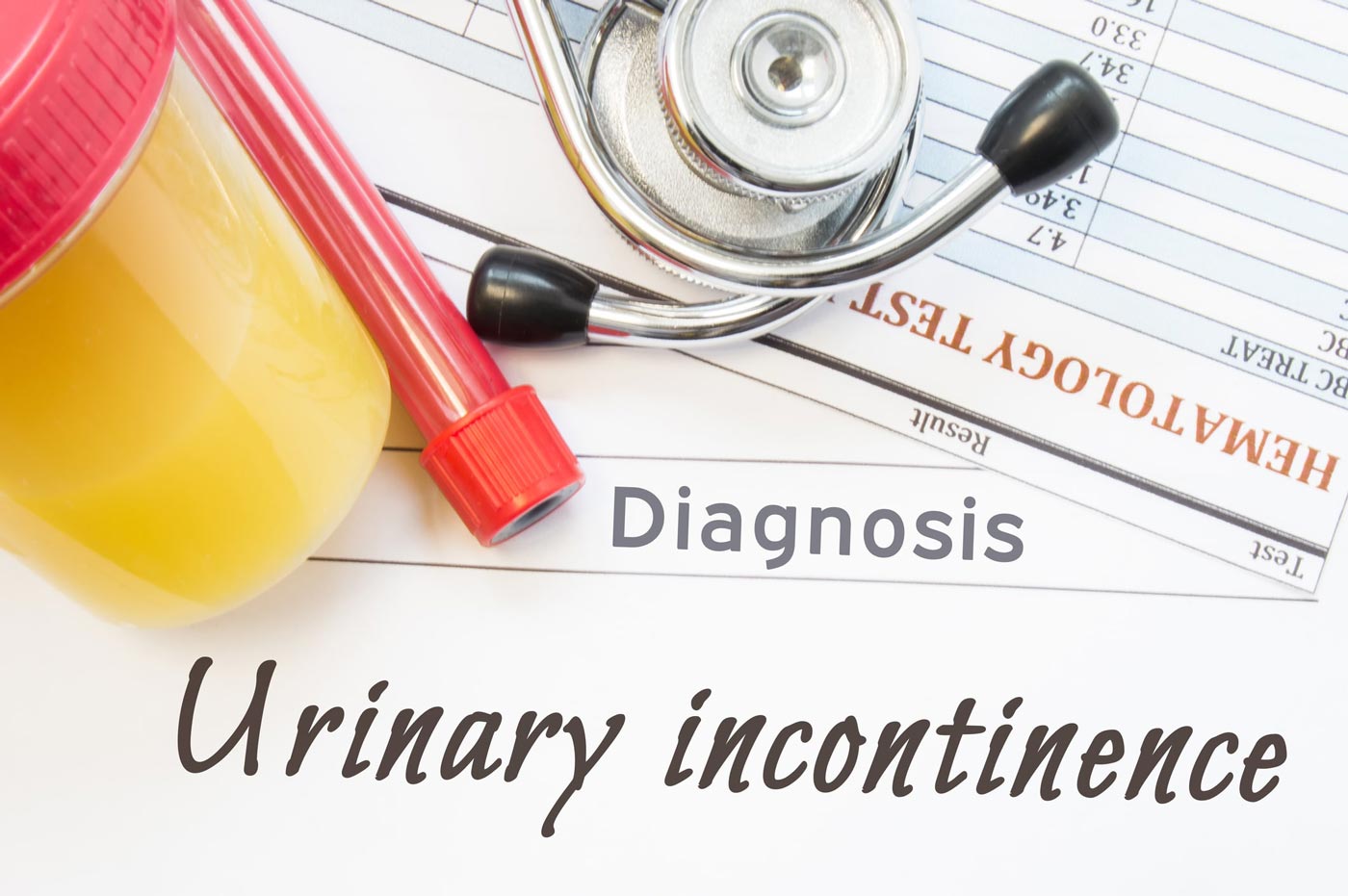The Basics of Having an Overactive Bladder
The Basics of Having an Overactive Bladder
Has this ever happened to you? You don’t even realize you have to go, then all of the sudden, you can’t get to the restroom fast enough. If it happens often, it may be a symptom of overactive bladder (OAB), a condition that affects about 10% of the U.S. population.
Most of us don’t give much thought to our bladder, until it starts giving us trouble. This muscular organ tightens to move urine into the urethra – a tube below the bladder – so you can urinate. With OAB, this process is adversely affected by a disruptive factor like weak muscles, inflammation, bladder lining irritation, nerve issues or side effects of medication. (A bladder infection can cause the same symptoms, though that’s at topic for another article.)
The symptoms of OAB can include:
- Urgency – You feel you can’t “hold it” until you get to the restroom
- Frequency – You urinate at least eight times a day
- Leaking – You leak when you have to go, because you’re not able to hold it long enough to make it to the bathroom in time
- Nocturia – You have to get up to urinate at least twice each night
What causes OAB?
There are several possible reasons behind it, so it can be challenging to determine exactly why it’s happening. It can be caused by:
- Weak Pelvic Muscles – Muscles can be stretched during pregnancy and childbirth, causing OAB symptoms
- Nerve Damage – Trauma, like back injuries or radiation, or illnesses, like multiple sclerosis, diabetes and stroke, can damage the nerves that help with bladder control
- Alcohol or Caffeine – These substances can deaden nerves and adversely affect the bladder’s signal to the brain
- Obesity – Excess pounds can put pressure on the bladder
- Tissue Loss Due to Menopause – Estrogen deficiency can cause thinning of urethral tissues and result in bladder leaks
If you think you may have overactive bladder, your first step is a visit to your physician to be sure that what you’re experiencing is, in fact, OAB and not an infection or other issue.
Your doctor will most likely ask you to keep a bathroom diary to help with their diagnosis. You’ll use it to record your fluid intake, the number of times you use the restroom, the number of accidents you experience and what causes your leaks, like sneezing, coughing or not getting to the bathroom in time.
What can help alleviate the symptoms of OAB?
There are several factors that can contribute to the symptoms of overactive bladder, some of which can be managed with a natural approach. Consider making some of these changes to your lifestyle:
- Change Your Diet – Acidic and caffeinated foods and beverages can worsen bladder symptoms. It may help to eliminate or reduce tea, coffee, alcohol, soft drinks, citrus fruits/juices, tomatoes/tomato products, spicy foods and artificial sweeteners.
- Avoid Constipation – Keeping healthy bowel habits can reduce pressure on the bladder. To maintain regularity, increase the fiber in your diet, exercise regularly and visit your physician if you think you need additional help.
- Lose Weight – Even a few extra pounds can contribute to bladder control problems
- Increase Your Fluid Intake – While it may be tempting to reduce liquids to reduce leaks, if you drink less and your urine may be more concentrated and cause more irritation to your bladder lining
- Quit Smoking – Cigarettes can cause irritation to the bladder lining, while the coughing that can accompany the habit can increase pressure on the bladder
If your overactive bladder isn’t alleviated by changes to your habits, your doctor may prescribe one of several
Medical treatments for OAB, which include:
- Bladder Retraining – Working with a urologist to condition the bladder muscles to function better may help minimize your OAB
- Physical Therapy – If your bladder leaks are caused by weak pelvic muscles, a pelvic floor physical therapist may be able to strengthen them to the point where OAB is no longer a problem
- Medication – There are several prescription medications that can help return your bladder to its normal functioning. Antidepressants have been shown to be helpful in some cases, too.
- Sacral Nerve Stimulation – In more difficult cases, a small device called a neurotransmitter can be implanted under the skin to send mild electrical impulses to a nerve that can help with bladder control.
While we’ve covered the basics of OAB, your physician is your best source of information for diagnosing and treating overactive bladder. If you’re experiencing symptoms that point to a bladder infection or OAB, it’s best to set up an appointment to get it managed so you can get back to your active lifestyle.
What about you? Have you experienced overactive bladder? What treatments worked for you?
Sources:
National Association for Continence at www.nafc.org
Interstitial Cystitis Association at www.ichelp.org






